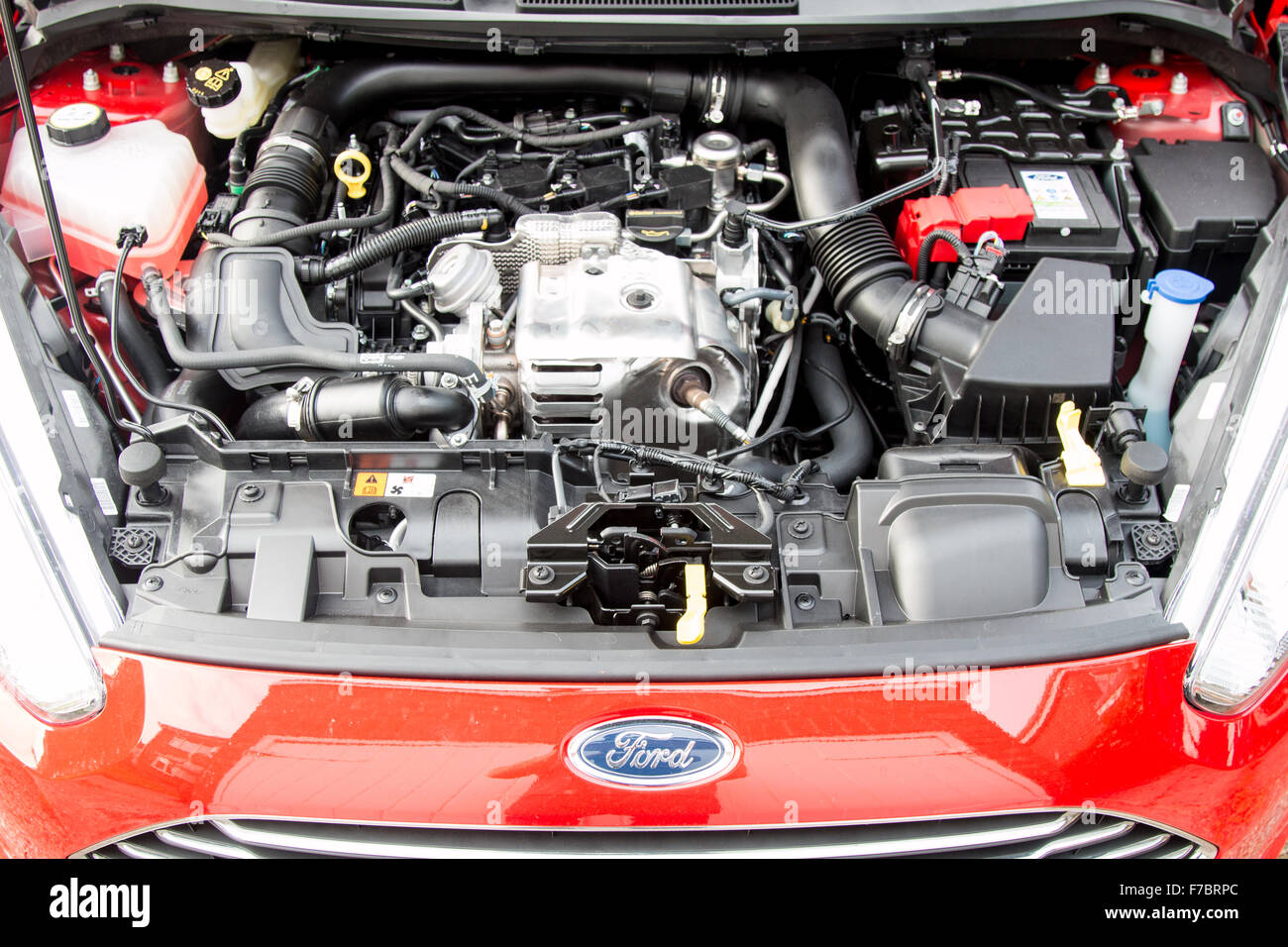Exploring the Development of Engines: From Timeless Styles to Modern Marvels
From the preliminary vapor engines that powered the Industrial Revolution to the development of inner combustion engines that changed movement, each phase has actually contributed to better efficiency and capacity. As we analyze these landmarks, one should take into consideration exactly how the future of engine layout may unfold, challenging our assumptions of power and efficiency.
The Birth of Engine Innovation
The introduction of engine innovation noted an essential minute in human development, transforming energy conversion and transport. The earliest engines emerged from the requirement to harness mechanical power for useful usage, leading to the advancement of tools that transformed various power types into movement (ford fiesta engine).
The development of the inner burning engine and the creation of the heavy steam engine catalyzed a profound change in commercial capabilities. These engines not only enhanced efficiency however likewise increased the scope of human mobility, enabling unprecedented transport opportunities. The very early models laid the foundation for the mechanized globe, promoting the increase of industries and improving societal frameworks.
As engine layouts progressed, they integrated cutting-edge materials and progressed engineering concepts, leading the way for modern growths - ford fiesta engine. The birth of engine technology fired up an unrelenting quest of performance and power, setting the stage for the dynamic evolution of transport and industrial machinery that would certainly comply with
Steam Engines and Their Influence
The heavy steam engine's influence was especially evident in the transport market (ford fiesta engine). Steam-powered locomotives facilitated the rapid motion of items and individuals across huge ranges, successfully shrinking the geographical obstacles that had previously prevented trade and interaction. Likewise, steamships reinvented naval travel, enabling quicker and much more trusted crossings of seas and rivers.
In sector, vapor engines powered factories, allowing mass production and the increase of metropolitan facilities as hubs of financial task. Vapor modern technology cultivated developments in design and production processes, laying the foundation for future improvements in engine layout.
The Surge of Inner Combustion
Regularly overshadowing heavy steam power, the increase of inner combustion engines noted a transformative change in transportation and industry during the late 19th and very early 20th centuries. The growth of these engines, characterized by their ability to burn gas within the engine itself, made it possible for greater effectiveness and power compared to conventional steam engines. Pioneering innovators such as Nikolaus Otto and Rudolf Diesel played essential duties in refining engine designs, causing extensive adoption in autos, watercrafts, and commercial equipment.
The inner burning engine's compact size and reasonably lightweight nature helped with the appearance of individual cars, transforming private movement and reshaping metropolitan landscapes. By enabling faster travel and the reliable transport of goods, these engines militarized economic development and cultivated globalization. The versatility of fuel alternatives, including fuel and diesel, further improved their allure, allowing for varied applications across numerous fields.
Regardless of the environmental problems that would certainly later arise, the initial allure of interior burning innovation stocked its transformative capacity. As culture embraced this technology, the structure was laid for modern-day transportation systems, developing inner combustion engines as a foundation of commercial improvement and every day life throughout the 20th century.
Improvements in Engine Effectiveness
As inner combustion engines came to be integral to transport and market, the emphasis useful site changed towards enhancing their performance to satisfy expanding needs for efficiency and sustainability. Innovations in engine layout, material scientific research, and technology have actually significantly contributed to this development.
One major improvement is the development of turbocharging, which enables for boosted air intake, causing more full fuel combustion and boosted power output without expanding engine size. Furthermore, variable shutoff timing systems have actually been applied to optimize engine efficiency across various RPM ranges, consequently enhancing fuel efficiency.
The use of sophisticated fuel shot modern technologies, such as straight shot, has actually additionally played an essential duty. This approach enables even more precise control over the fuel-air mix, promoting much better combustion and minimizing discharges. Lightweight materials, consisting of light weight aluminum and composite parts, have been adopted to minimize general engine weight, leading to boosted effectiveness.
These developments mirror a broader fad within the auto sector, where the synergy between design development and environmental factors to consider drives the continuous mission for higher performance in inner combustion engines. As an outcome, contemporary engines are currently a lot more effective, cleaner, and efficient than ever previously, paving the way for a more lasting future in transportation.
The Change to Electric Power
With growing problems over environmental effect and fossil fuel dependence, the auto sector is experiencing a substantial shift in the direction of electrical power. This change is driven by a combination of technological innovations, governing pressures, and altering customer preferences. Electric cars (EVs) use an engaging choice to conventional interior burning engines, flaunting decreased greenhouse gas emissions and reduced operating expenses.
The surge of battery technology has been a video game changer, with lithium-ion batteries ending up being extra economical and reliable. Enhanced energy density and faster billing capabilities have actually made EVs extra sensible for daily usage. Furthermore, governments worldwide are applying incentives and setting ambitious targets for phasing out nonrenewable fuel source lorries, therefore accelerating the adoption of electrical power.
As billing framework expands and battery innovation continues to enhance, the shift to electric power is positioned to improve the vehicle landscape, promoting sustainability and development in the years to come. The future of transportation is electrical, and the energy is indisputable.
Final Thought
The advancement of engine innovation represents a considerable trajectory of innovation that has actually profoundly affected transport and industry. browse around these guys From the fundamental heavy steam engines to the transformative internal burning engines, each growth has added to enhanced wheelchair and financial growth.
